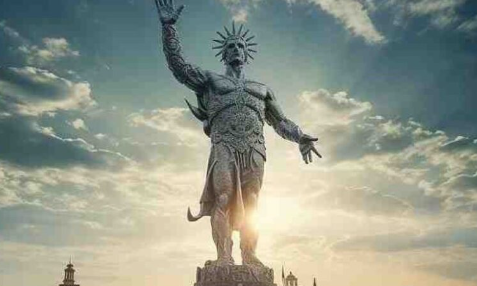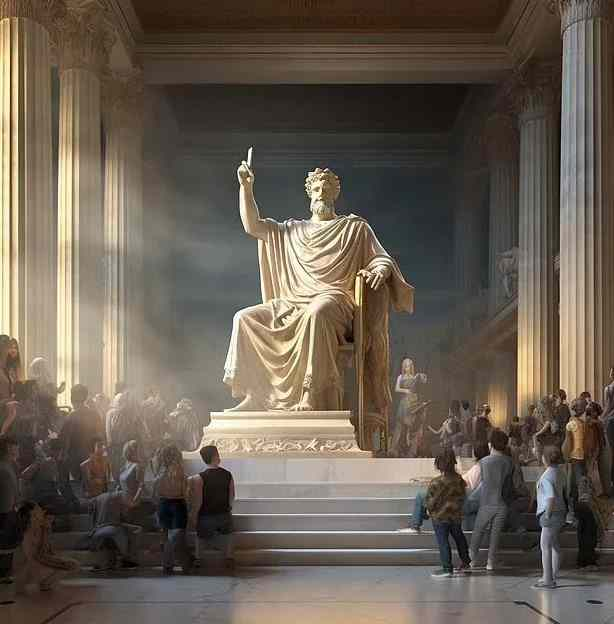Only one of the Seven Wonders of the Ancient World still stands today. The rest are known solely through historical accounts and archaeological speculation. Yet with the power of artificial intelligence, we’re now able to imagine what these breathtaking monuments might have looked like if they had survived the test of time.
The Daily Mail, using the AI tool Midjourney, has created vivid digital renderings that bring these lost wonders back to life—showing how they might appear today, had they not been reduced to ruins by disasters and time.
The Colossus of Rhodes
This colossal 30-meter statue represented the sun god Helios and stood on a pedestal at the harbor of Rhodes, greeting travelers as they arrived. Its construction took 12 years, but the statue's reign was short-lived. In 225 BCE, a devastating earthquake struck the island and caused the mighty Colossus to collapse into ruins.
The Great Pyramid of Giza
The only surviving Wonder of the Ancient World, the Great Pyramid of Giza is located in Egypt. It was commissioned by Pharaoh Khufu and took roughly 20 years to complete. The massive limestone blocks—each weighing about 2.5 tons—were moved by enslaved workers. The pyramid’s endurance is a testament to the engineering prowess of ancient Egypt.
The Hanging Gardens of Babylon
According to some ancient sources, these legendary gardens were created in the 6th century BCE by Babylonian king Nebuchadnezzar II, in honor of his wife. However, there are no references to the gardens in any surviving writings by the king or his queen. Historical descriptions depict lush, terraced balconies rising 18 meters high, with flowing water and aquatic plants. Still, many historians debate whether the gardens ever actually existed.
The Statue of Zeus at Olympia
The people of Olympia constructed this enormous chryselephantine (gold and ivory) statue of Zeus in response to the majestic statue of Athena in the Parthenon. Both were created by the renowned sculptor Phidias. The Zeus statue stood over 12 meters tall and depicted the king of the gods seated on a grand throne. One source notes that it was later moved to Constantinople, where it was ultimately destroyed in a fire in the 10th century CE.
The Lighthouse of Alexandria
Built on the island of Pharos at the harbor of Alexandria, Egypt, this towering lighthouse reportedly stood at a height of 140 meters. It was constructed in the 3rd century BCE by the Greek architect Sostratus of Cnidus. Second only to the pyramids in terms of endurance, the Lighthouse of Alexandria stood for centuries until it was nearly obliterated by three massive earthquakes in 796, 1303, and 1323 CE.
The Mausoleum at Halicarnassus
Built as the tomb of Mausolus, a satrap of Caria, and his wife Artemisia, the Mausoleum at Halicarnassus was designed by Greek architects Satyros and Pythius. Constructed from the famed Pentelic marble, it was estimated to stand over 45 meters tall. Unfortunately, a series of earthquakes in the 13th century CE reduced this elegant monument to rubble.
The Temple of Artemis at Ephesus
This magnificent temple took 120 years to complete. It was first destroyed by a man named Herostratus, who allegedly set fire to it in a desperate attempt for fame. Although it was later rebuilt, the temple was once again destroyed—this time by the invading Goths. Finally, in the early 5th century CE, a group of Christian zealots demolished what remained of it almost entirely.
Although most of these ancient marvels have vanished, modern technology allows us to reimagine their awe-inspiring grandeur. These AI-driven recreations not only bring history to life—they also remind us of humanity’s enduring desire to build, to remember, and to dream.















